
Basic anatomy of the female reproductive system.
- Subject:
- Anatomy/Physiology
- Life Science
- Material Type:
- Diagram/Illustration
- Simulation
- Author:
- Dr. Hamid Nawaz
- Date Added:
- 04/26/2022

Basic anatomy of the female reproductive system.
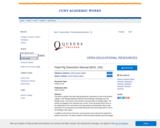
This book is a guide to the basic fetal pig dissection conducted as a part of the Queens College, CUNY Biology Department Bio105 General Biology: Physiology and Cell Biology course. This course is the first half our two-part series for biology majors. The actives are designed to be conducted over a three- 3-hour lab periods which focus on the relationship of form and function of the pig anatomy and physiology. Step by step instructions for the dissection are provided along with some microscopy tasks to look at the histology of key organs.
In addition to the full text of the book, we also provide a form with just the assessment portions of the book. This allows students to limit the printed material to just those pages.
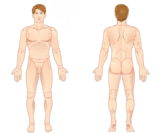
Testable image from section 1.6 of OpenStax Anatomy and Physiology. Stripped-away the boxes and lines.
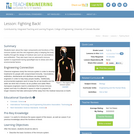
This lesson describes the major components and functions of the immune system and the role of engineers in keeping the body healthy (e.g., vaccinations and antibiotics, among other things). This lesson also discusses how an astronaut's immune system is suppressed during spaceflight due to stress and other environmental factors.
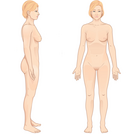
This image is of Fig.1.13 in section 1.6 of OpenStax's Anatomy and Physiology. I stripped-down all labels and lines to make this a testable image.

Testable Fig 1.15 from section 1.6 of OpenStax Anatomy and Physiology. Stripped-away the boxes and lines.

Description of blood through the heart
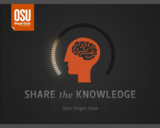
Students will learn how to use a flow cytometer

The fluid mosaic model describes the cell membrane as a tapestry of several types of molecules (phospholipids, cholesterols, and proteins) that are constantly moving. This movement helps the cell membrane maintain its role as a barrier between the inside and outside of the cell environments.
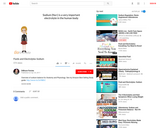
Short video covering sodium and electrolyte balance for anatomy and physiology.
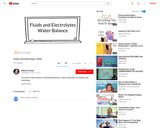
Short video on water balance and fluids and electrolytes for anatomy and physiology
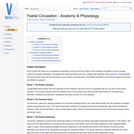
Prior to birth the foetus is not capable of respiratory function and thus relies on the maternal circulation to carry out gas, nutrient and waste exchange. The foetal and maternal blood never mix, instead they interface at the placenta. Consequently the liver and the lungs are non-functional, and a series of shunts exist in the foetal circulation so that these organs are almost completely by-passed.
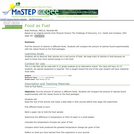
This is a lab activity to determine the amount of calories in different foods.

Overview of the foot anatomy
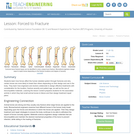
Students learn how forces affect the human skeletal system through fractures and why certain bones are more likely to break than others depending on their design and use in the body. They learn how engineers and doctors collaborate to design effective treatments with consideration for the location, fracture severity and patient age, as well as the use of biocompatible materials. Learning the lesson content prepares students for the associated activity in which they test small animal bones to failure and then design treatment repair plans.
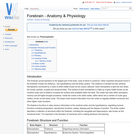
The forebrain (proencephalon) is the largest part of the brain, most of which is cerebrum. Other important structures found in the forebrain include the thalamus , the hypothalamus and the limbic system. The cerebrum is divided into two cerebral hemispheres connected by a mass of white matter known as the corpus callosum.
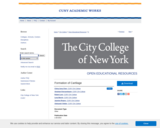
This animation describes the process of cartilage formation starting with separation from the mesenchymal tissue to the formation of an isogenous cell group via mitosis.
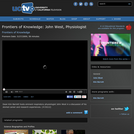
Dean Kim Barrett hosts eminent respiratory physiologist John West in a discussion of his storied career and research experiences. (58 minutes)
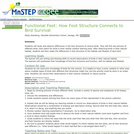
This activity is a classroom and field activity in which students record observations of birds in their natural habitat and make connections between the structure and function of the bird feet.
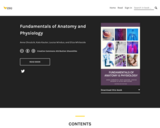
Short Description:
Fundamentals of Anatomy and Physiology is a textbook for biomedical, life science and health majors. The book is organised by body system and contains interactive resources to test your knowledge.
Word Count: 416894
ISBN: 978-0-6487698-5-9
(Note: This resource's metadata has been created automatically by reformatting and/or combining the information that the author initially provided as part of a bulk import process.)